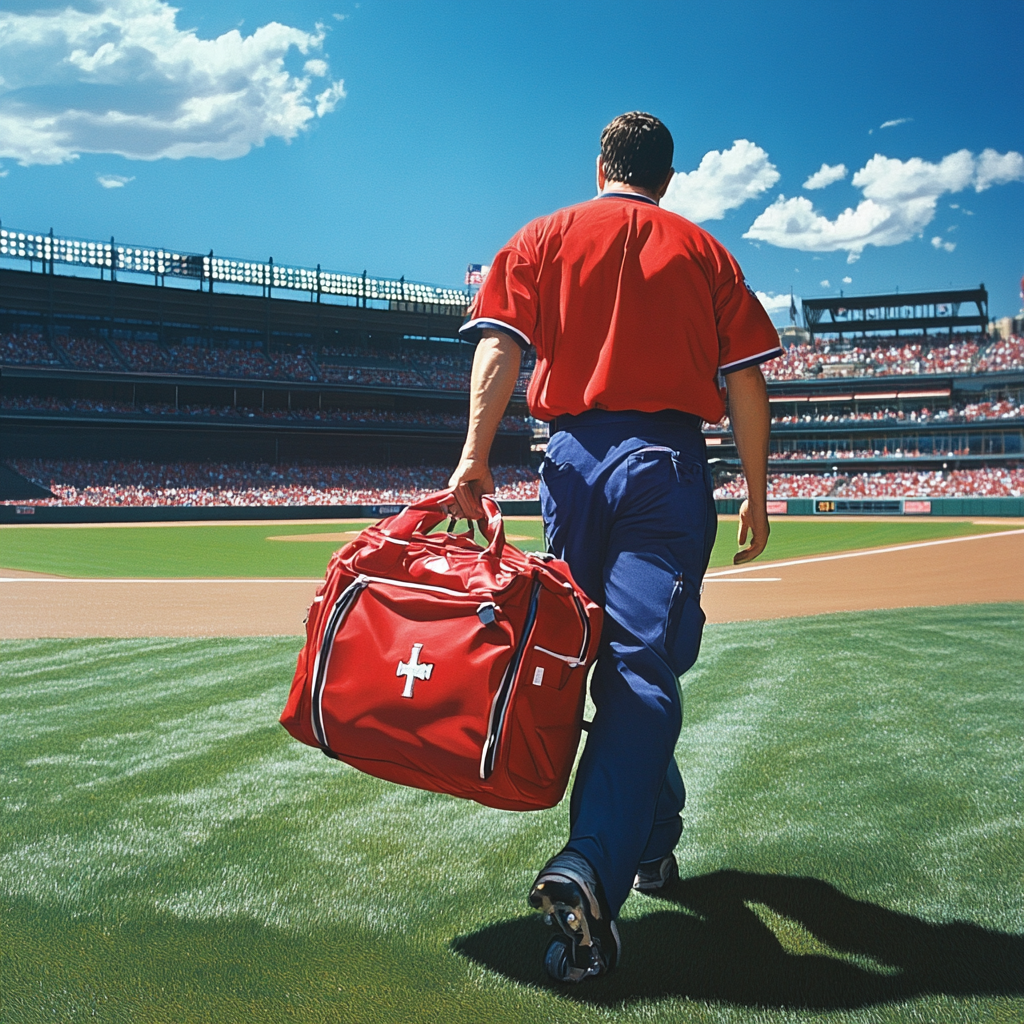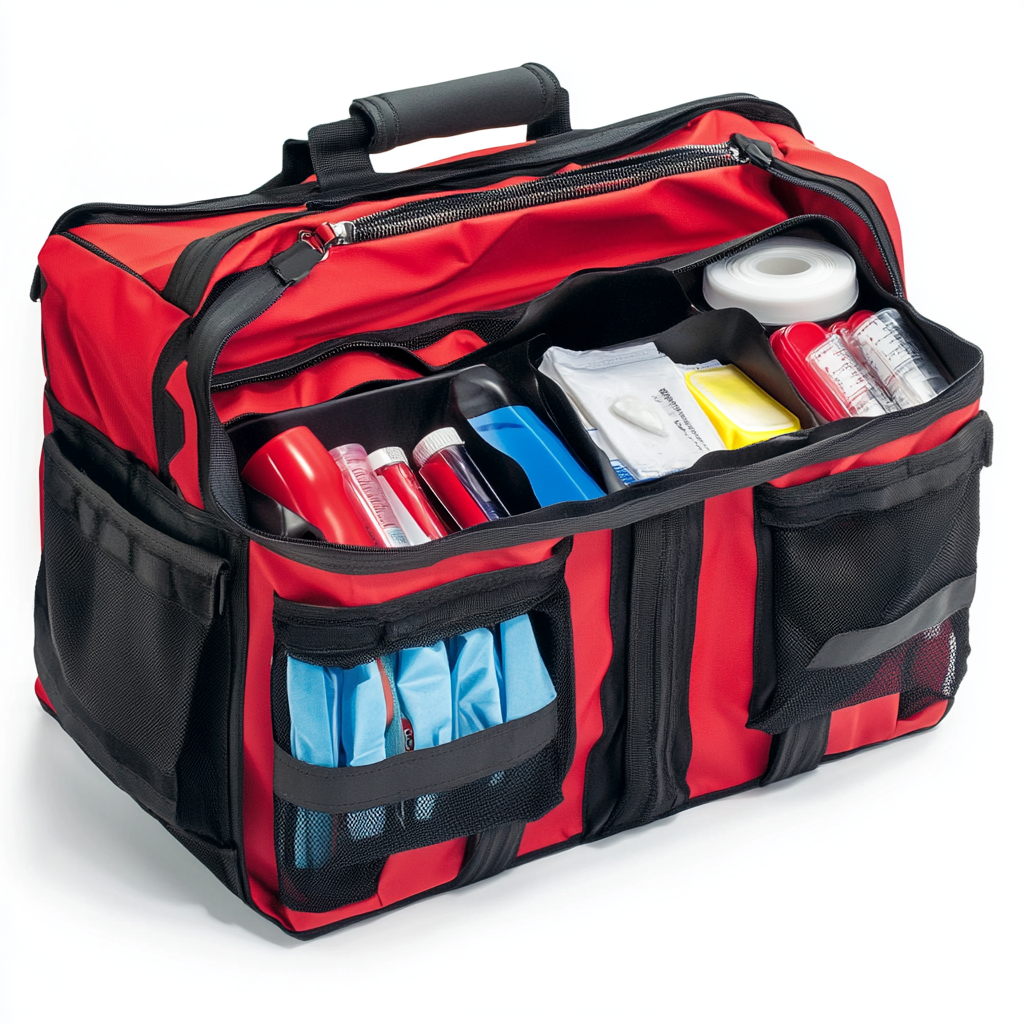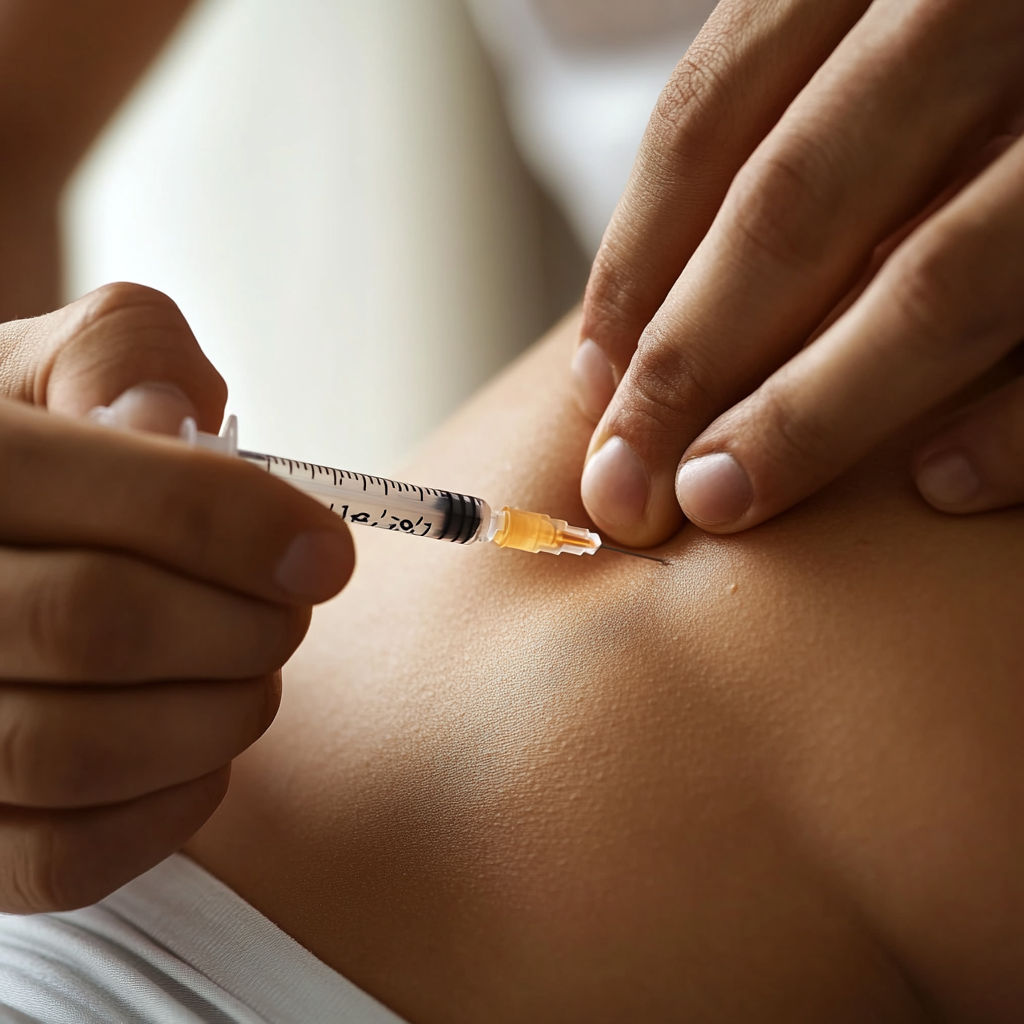Managing Diabetes in Athletes: A Review of the National Athletic Trainer's Association Position Statement

Highlights from the National Athletic Trainer's Association Position Statement on the Management of the Athletes with Type 1 Diabetes
Athletic trainers in middle schools, high schools, colleges, and professional sports environments frequently work with athletes who have type 1 diabetes. To support these professionals, the National Athletic Trainers’ Association released a position statement in 2007 outlining best practices for managing athletes with this condition. Athletic trainers are essential in identifying, preventing, and responding to both hypoglycemia and hyperglycemia (without ketoacidosis). They also provide guidance on exercise-related nutrition, hydration, and help athletes monitor workout intensity to properly adjust insulin and glucose levels. In this post, we’ll highlight the key points from this position statement and discuss how it can serve as a vital reference for managing this specific group of athletes.
Highlights from NATA's Position Statement on the Care of Athletes/Athletic Person with Diabetes
The following are the key points that the authors highlight in the care of the diabetic athlete:
Diabetes Care plan
- All athletes with diabetes should have a diabetes care plan/emergency action plan including:
- Glucose monitoring guidelines
- Insulin therapy guidelines
- List of other medications
- Guidelines for hypoglycemia and hyperglycemia recognition and treatment.
- Emergency contact information
- Athletes should have a medical alert bracelet.
- Sample Emergency Action Plan.
Supplies for Athletic Training Kits
- Copy of the individual athletes diabetes care plan. See sample Emergency Action Plan above.
- Blood glucose monitor, lancets, and test stripes.
- Important: Check the batteries of the blood glucose monitor if used infrequently as well as the expiration dates of any supplies
- Supplies to treat hypoglycemia.
- Glucagon
- Glucose tablets
- Sugary drinks such as orange juice.
- Urine ketone strips to monitor for ketoacidosis.
- Sharps container to dispose of needles/lancets appropriately.
- Spare insulin pump supplies

Pre-participation Physical Examination
- Athletes with diabetes should have annual screening for retinopathy, nephropathy, and neuropathy.
- Exercise limitations for athletes with diabetes related complications is determined by the athletes' individual physician.
Recognition, Treatment, and Prevention of Hypoglycemia.
- Signs and symptoms of hypoglycemia may be different for all athletes.
- Mild hypoglycemia (athlete conscious and able to swallow) and can be treated with glucose tablets, fast acting carbohydrates, etc.
- Severe hypoglycemia (athlete unconscious, unable to swallow, or follow directions) requires administration of glucagon injection.
- All athletic trainers should be trained in adminstration of glucagon.
Recognition, Treatment, and Prevention of Hyperglycemia.
- Signs and symptoms of hyperglycemia may be different for all athletes.
- Athletes with type 1 diabetes are advised to follow the American Diabetes Association (ADA) guidelines for avoiding exercise during episodes of hyperglycemia.
- Athletes who experience hyperglycemia during anaerobic activities should consult their physician to determine appropriate changes to insulin regimen to better maintain euglycemia.
- When blood glucose is > 180 mg/dL it is recommended that athletes drink non-carbohydrated fluids to avoid exacerbating hyperglycemia and decreasing risks of dehydration.

Insulin Administration
- Insulin should be administered in subcutaneous tissue only such as abdomen, upper thigh, and upper arms.
- Intramuscular injections are to be avoided as muscle contractions accelerate insulin absorption.
- Heat increases insulin absorption; therefore, it is recommended that athletes with type 1 diabetes avoid warm whirlpools saunas, hot tubs, etc after insulin administration.
- Heat producing modalities used by athletic trainers should not be applied directly over infusion/injection sites.
- Conversely, cold decreases insulin absorption.
- Avoid using ice and cold sprays directly over infusion/injection sites.
- Insulin pump uses should replace infusion sites every 2-3 days.
Travel Recommendations
- Special precautions must be made when traveling with an athlete with diabetes to ensure glucose management is not disrupted.
- Traveling by air:
- First and foremost notify TSA that you have diabetes and are carrying diabetic supplies. These supplies must be clearly identified and labeled.
- TSA allows the following diabetes materials through the checkpoint:
- Insulin pump and associated supplies (tubing, infusion kit catheter and needle).
- Glucagon emergency kit.
- Lancets, glucometers, and test strips.
- Insulin and insulin dispensing products
- Unlimited amount of unused syringes when accompanied by insulin.
- An unlimited amount of used syringes; however, these must be transported in a "sharps" disposable container.
- Ketone testing supplies.
- While documentation is not required, carrying a doctor's note and a TSA notification card can expedite the screening process and provide clarity about your medical needs.
- For further guidelines please visit the TSA website.
Athletic Injury and Glycemic Control
- Trauma induces an elevation in stress hormones—such as adrenocorticotropic hormone, cortisol, growth hormone, catecholamines, and glucagon—which subsequently results in hyperglycemia.
- This hormonal response is significantly amplified in individuals with type 1 diabetes.
- In athletes who have sustained injuries, strict glycemic control is particularly crucial, as multiple studies have shown that inadequate glucose regulation is associated with an increased risk of infection and impaired wound and fracture healing.
~ Harness the power of your journey, and never stop pushing boundaries. ~
Dr. Richard Edgar
